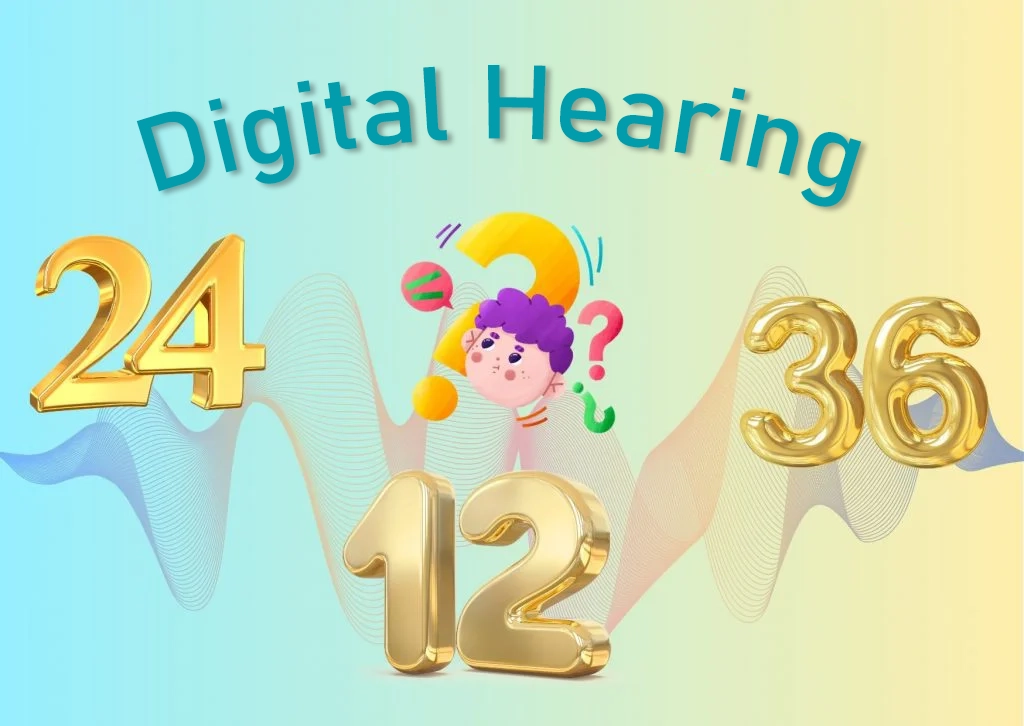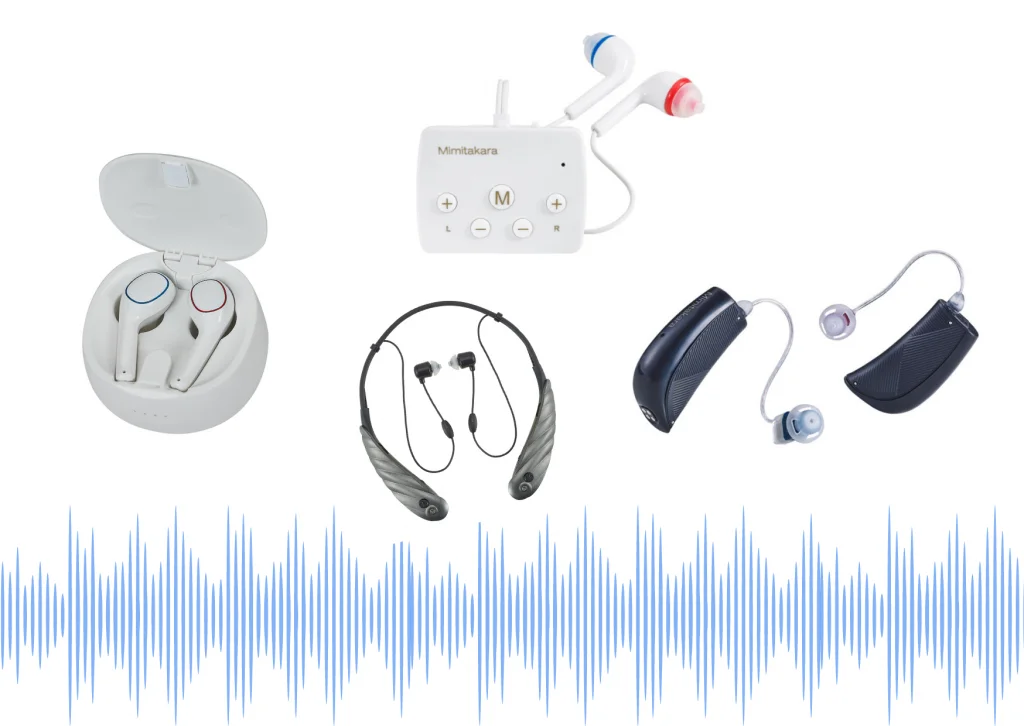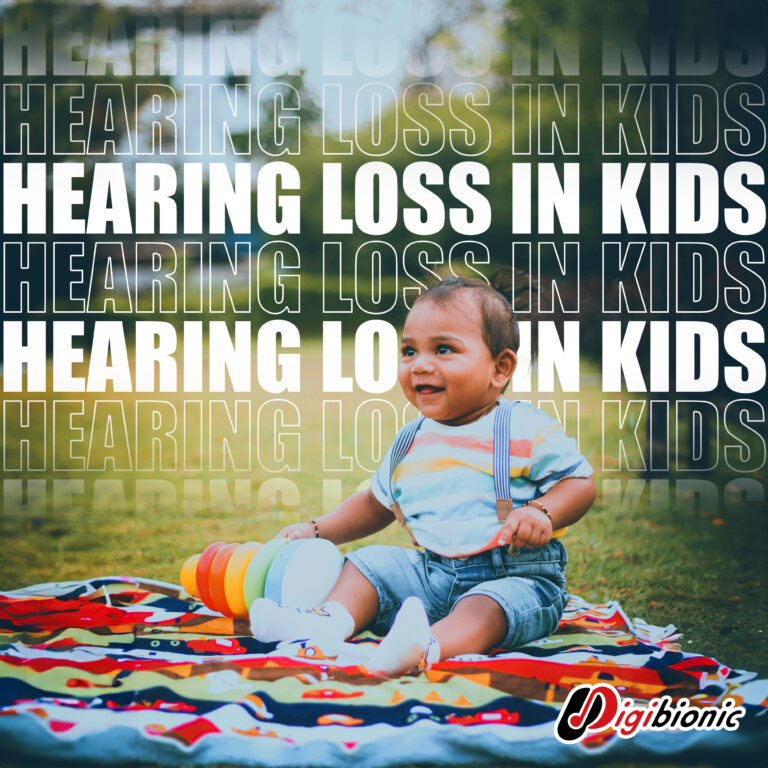Is it true that the number of channels in a hearing aid correlates with its effectiveness?
- May 17, 2024
- Written By Digibionic India
The falsehood you should be aware of regarding the quantity of hearing aid channels.

One of the key features of digital hearing aids is the number of compressed channels, a term familiar to many. This is primarily because most manufacturers utilize this metric to distinguish between different tiers of their hearing aid products, often reflecting variations in price.
The assertion that hearing aids with more channels are inherently more effective, powerful, and costly holds true only in specific circumstances. Direct comparisons can only be made within the same brand and product series to avoid misunderstandings and misinterpretations.
Due to the misuse of the term “number of channels,” some manufacturers have become unclear about its definition. For instance, the use of terms like “digital signal processing” and “frequency management” can make the concept of “frequency compression” in hearing aids appear more intricate, leading to a misconception that elevates the product’s perceived quality, despite being incorrect.
This article clarifies the precise definition of “Compressed number of channels” to prevent confusion with marketing jargon. Most hearing aids utilize digital signal processing in the frequency domain, wherein the audio signal is divided into multiple “channels” for processing. Each channel exclusively processes signals within a designated frequency range.
“In theory, each channel of digital signal processing can handle audio in distinct ways, such as adjusting compression thresholds, compression ratio, maximum output gain, etc. This enables individual processing of each digital signal as a separate compression channel.”
Theoretically, digital signal processing channels can customize audio handling, including compression thresholds, compression ratio, maximum output gain, etc., facilitating independent processing of each digital signal as its compression channel.
Yet, these sophisticated hearing aids frequently incorporate two or more channels, consolidating digital signal processing channels into a unified compression channel, a tactic with several implications.
Principle of necessity
The available hearing threshold data for hearing aid users typically spans no more than 10 channels, covering frequencies from 250 to 8,000 Hz. Some users may utilize as few as 2 to 4 channels, despite the potential for additional independent compression settings between these frequency points.
However, such configuration often relies on guesswork, making it challenging to verify its effectiveness. Empirical research indicates that for individuals with flat hearing loss (similar levels across frequencies), increasing the number of compressed channels to more than 6 through hearing aids does not result in significant additional speech modification.
Listening performance in quiet environments varies for individuals with differing degrees of hearing loss, depicted by a sloping graph indicating more severe high-frequency loss compared to mid- and low-frequency loss. However, increasing the number of compression channels to more than 8 did not yield significant further improvements.
Save time
Typically, fine-tuning each frequency channel is intricate and challenging, but compression aids in swift and simplified adjustments, easing the process. Adjusting hearing aids is a mentally demanding task for both provider and recipient, consuming time and energy. The greater the number of compression fields requiring parameter configuration, the longer the adjustment process.
Save energy
The advancement of battery technology in hearing aids has not kept pace with signal processing technology. Increased precision in processing, down to sub-second levels, leads to higher power demands, necessitating more frequent battery changes or recharges for wearers.
Flexibility
Hearing aids utilize digital signal processing channels instead of compression channels. Each compression channel can contain varying numbers of digital signal processing channels. Additionally, the crossover frequency between compression channels can be adjusted to tailor the width of each compression channel according to the wearer’s specific type of hearing loss.
Generally, determining the “number of compressed channels” can hold greater significance. However, hearing aid manufacturers typically specify the “number of channels” as the “number of digital processing channels” in their specification documents.
Which definition of “Number of digital signal processing channels” should be employed? Can we ascertain a genuine “number of compressed channels” in the specification document? Or can we deduce the actual “number of compression channels” of a hearing aid when it is not specified in the documentation? “Compression channel” has a straightforward definition, implying that “Each compression channel can independently adjust the gain for low and high volume inputs,” determined numerically based on the frequency range for separate adjustments.
Some hearing aid manufacturers’ specification sheets not only provide information on the initial channel count (for fine tuning), but also indicate the number of frequency ranges adjustable, labeled as “fitting channels,” “fitting bands,” or “number of control handles,” among others. This denotes the actual count of compression channels.
If the specification sheet solely mentions the “number of channels” without additional details, one can utilize the hearing aid adjustment software to determine if the specific model offers adjustment channels. This observation becomes more objective with multi-channel adjustable compression.

Despite the fact that the expansion of compression channels has not kept pace with that of digital signal processing channels, modern commercially available hearing aid products now provide up to 24 adjustable compression channels.
It’s worth pondering whether this level of numerical increase translates to effectiveness. Studies comparing 7-channel compression hearing aids to 4-channel ones suggest the former yields superior benefits. However, when comparing 8-channel compression hearing aids to those with 20 channels, there’s insufficient evidence to determine which configuration offers greater improvements in speech perception in quiet environments.
Why mention a quiet environment?
Contemporary hearing aids are designed to possess environmental awareness, suggesting potential benefits in challenging listening scenarios. However, once the number of compression channels surpasses 8, its clinical relevance diminishes.
Having a greater number of digital signal processing channels enables the formulation of intricate and sophisticated processing techniques. However, the challenge lies in the fact that each manufacturer employs distinct considerations and algorithms, making comparison and standardized measurement methods difficult. Consequently, there is no objective means of determining the superiority or adequacy of these techniques in complex listening environments.
As the number of channels reaches a certain threshold, various brands adopt different designs. For instance, Brand A’s hearing aids consolidate 64 digital signal processing channels into 16 compression channels, whereas Brand B’s hearing aids follow a similar configuration.
It consolidates 48 digital signal processing channels into 16 compressed channels. When dealing with 20 compressed channels, visual comparisons become more challenging, and such comparisons may lack significance.






